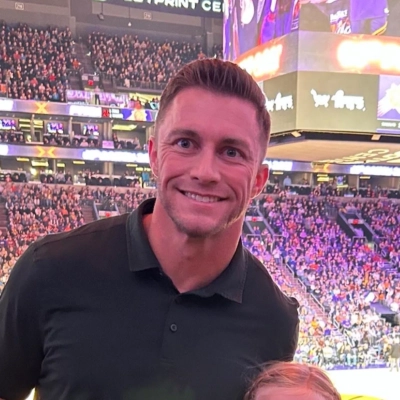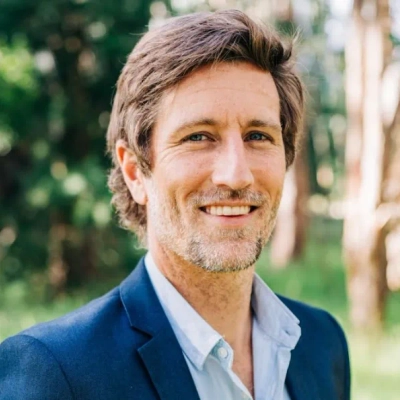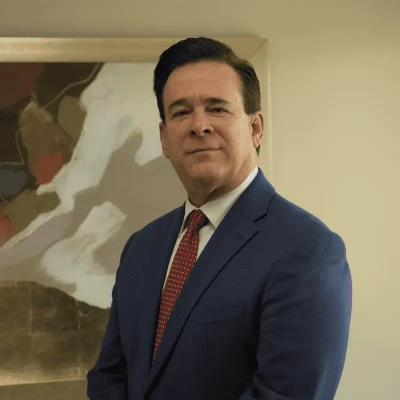8 Tips for Starting a Career in Legal Consulting
Legal consulting professionals must master the art of clear communication and solution-oriented thinking, as demonstrated by insights from industry experts. This practical guide outlines eight essential strategies for effectively presenting legal advice, managing compliance relationships, and turning challenges into opportunities. These proven techniques help new consultants balance regulatory requirements with business needs while maintaining a focus on resolution rather than blame.
Present Facts, Risks, and Solutions Clearly
I once had to inform a client that their planned product launch would be delayed because it failed to meet new data protection requirements. They had already invested heavily in marketing, so understandably the news was unwelcome.
I managed the situation by first presenting the facts clearly and without legal jargon, outlining the specific regulatory gaps and the risks of moving forward — fines, reputational damage, and potential suspension of operations. Then I shifted to solutions: a prioritized roadmap showing what could be fixed quickly versus what needed structural change.
This approach helped the client see that while the setback was real, it was also manageable and temporary. By focusing on both risk and opportunity — compliance as a trust-building differentiator — the client not only accepted the delay but later used their strengthened compliance posture as a selling point.
The lesson: when delivering difficult news, clarity and empathy are essential, but pairing the problem with a credible path forward is what ultimately preserves trust.

Show the Problem and Professional Solution
Dealing with news that impacts a client's plan is always sensitive, but being honest and direct is the best way to move forward positively. My approach to delivering "difficult compliance news" is a lot like diagnosing a major wiring flaw. The "radical approach" was a simple, human one.
The process I had to completely reimagine was how I looked at a client conversation. For a long time, I was just focused on the electrical work. But a tired mind isn't focused on the bigger picture. I realized that a good tradesman solves a problem and makes a business run smoother. I knew I had to change things completely. I had to shift my approach from just being an electrician to also being a safety expert who communicates clearly.
There was a time a client wanted a major addition to their workshop, but the existing main switchboard was not up to current safety codes for the extra load. The "difficult news" was telling them we couldn't just add to the old panel; the whole thing needed to be replaced. I didn't try to hide the problem. I managed the situation by immediately showing them the wiring schematic and the specific code violations. I explained that the current system was a potential fire hazard.
The key turning point was my transparency. I presented the need for a new switchboard not as an extra cost, but as a long-term investment in safety and compliance. The client saw that I was a professional who prioritized their safety and stood by the code. They trusted me more because I was honest, and we proceeded with the full, safe upgrade.
My advice for others is to just be honest. A job done right is a job you don't have to go back to. Show them the problem, explain the why, and present the professional solution. That's the most effective way to "manage compliance news" and build a business that will last.

Use External Sources to Eliminate Emotion
Delivering news about unexpected costs that are legally required is a constant reality in this trade. My most difficult "compliance news" case was telling a homeowner, who had planned for a simple re-shingle job, that local code mandated we tear off the entire roof deck and install a completely new structure.
The client was naturally resistant to the thousands of dollars in unexpected costs. My method for managing the situation was to eliminate my opinion from the conversation. I printed out the specific city building code section, highlighted the exact paragraph, and called the permit office while standing in the client's driveway.
The reason this worked is that I didn't present it as my rule; I presented it as the law. I explained to the client, "If we don't follow this code, the city inspector will shut down the job, and you will be liable." I framed myself not as the messenger of bad news, but as their advocate who was protecting them from future legal problems.
The key lesson is that in high-stakes situations, objectivity eliminates emotion. My advice is to stop delivering difficult news based on your word alone. Use an external, verifiable source—the building code, the law, or the permit requirements—to deliver the facts, because that simple honesty shifts the conversation from a price argument to a discussion about compliance.
Turn Requirements Into Improvement Opportunities
I once had to tell a property manager that her pest control plan wasn't meeting state record-keeping requirements. She'd been with another company that skipped documentation, so fixing it meant redoing months of service logs. Instead of just dropping the news, I explained exactly what needed to change and helped her set up a digital tracking system that met state standards.
It wasn't an easy conversation, but being direct and solution-focused helped maintain the trust. By walking her through the process and showing how the new system protected her business, we turned a compliance issue into an opportunity to improve efficiency and transparency.

Frame Compliance as Partnership Not Enforcement
We once had a commercial client who wanted their regular pest treatments done outside of normal business hours to avoid interrupting their operations. The issue was that their request conflicted with Arizona's commercial application rules about technician supervision and product use after dark. Instead of just saying no, I met them onsite and showed exactly what the regulations required and why those timing restrictions exist. Then we worked out a split schedule—early mornings for interior treatments and later evenings for exterior work—so they could stay compliant without disrupting operations.
What made it work was focusing on partnership instead of enforcement. I've found that when you frame compliance as a shared responsibility, not a rulebook, clients appreciate your honesty and professionalism. It also builds long-term trust because they know you'll never cut corners to make a job easier.

Provide Alternative Solutions During Regulatory Changes
This is because of the nature of finance, where I often present them with news that clients find discouraging, even in those cases when the information is merely a regulatory requirement. As the Director of Zanda Wealth Mortgage Brokers, I recall a very particular case with a seasoned property investor. He requested investment finance on a fifth property. Before, this client had borrowed hundreds of thousands of dollars with ease, he expected it to be an easy task to get another big loan.
The financial landscape evolved swiftly at the period, and it needed a far more stringent debt servicing ratio, than what the client had been used to enjoying. The new responsible lending regulations had the effect of ensuring that his current debt levels which at an earlier time could have been used to buy him any new acquisition would now severely limit his borrowing capabilities. I made it clear that Australian Prudential Regulation Authority policy had changed in a way that ensured that no party got involved in undue risk since his present income could not sustain the principal and interest payments on a second property. My staff then collaborated with him in reorganizing the debt in his current portfolio to release approximately available equity, which made him be able to get a smaller and easier to manage investment loan within six months. In my opinion, it is crucial to provide a way out even in challenging communications in the long-term relations with clients.

Balance Legal Reality With Alternative Options
Early in my career as a Miami personal injury lawyer, I represented a client injured during a complex medical procedure at a major hospital. She believed the surgeon's negligence was clear and expected a fast resolution. After months of reviewing medical records and consulting experts, I discovered the hospital had followed federal compliance guidelines that limited liability. Delivering that news was one of the hardest moments of my legal practice. I explained that while her suffering was real, the legal standard for proving medical malpractice required stronger evidence of breach and causation. Instead of ending the conversation there, I guided her through other possible recovery options, including patient advocacy and insurance mediation. I stayed calm, honest, and compassionate, emphasizing that transparency builds stronger cases even when the outcome is difficult. In the end, she thanked me for my integrity and later referred another personal injury case to my Miami firm. That experience reinforced my belief that a client's trust depends more on clear communication and empathy than on easy victories.
Shift Focus From Blame to Recovery
I once had to tell a healthcare client in Dallas, Texas, that their entire customer data pipeline was non-compliant with HIPAA's technical safeguards due to an overlooked cloud configuration issue, which meant we couldn't launch their new patient portal. I managed the situation by immediately shifting the focus from blame to **containment and recovery**. My approach was to acknowledge the severity of the issue, present the compliance gap as a quantifiable **risk score**, and then immediately pivot to a phased recovery plan that included a thirty-day technical remediation schedule. We insisted on daily, five-minute status meetings with the COO, demonstrating that the problem was already being solved, which effectively controlled their anxiety and preserved the relationship.




